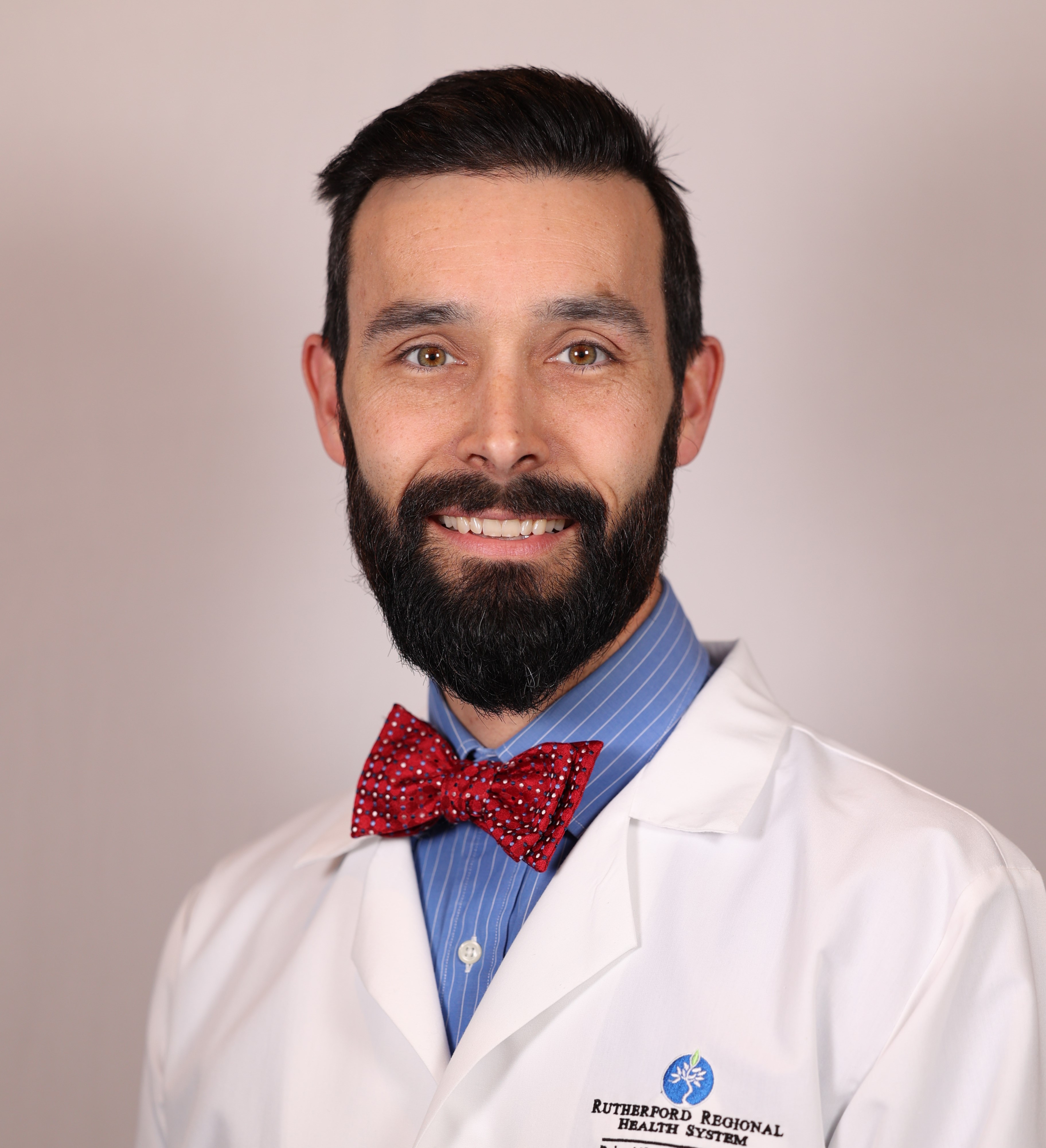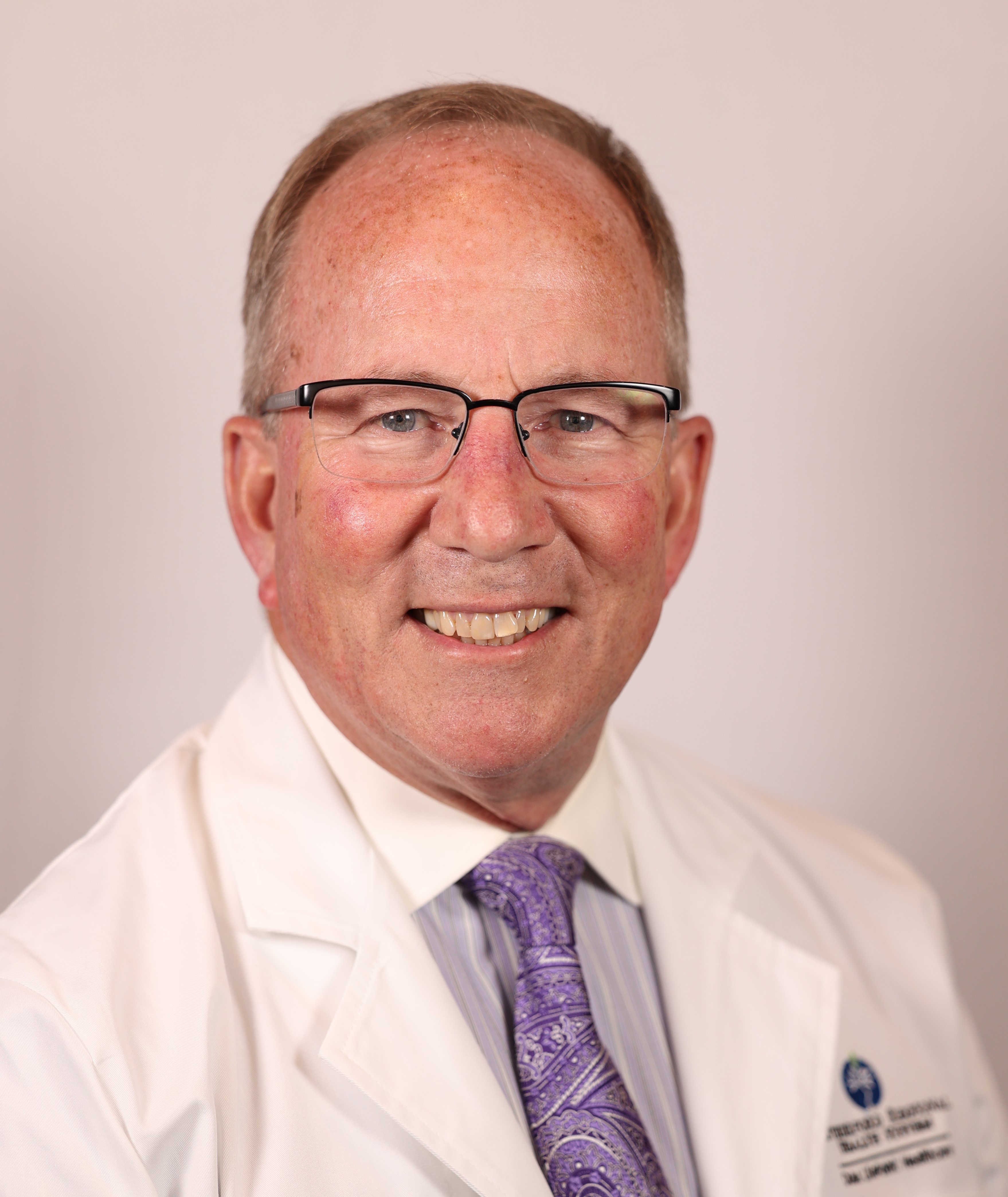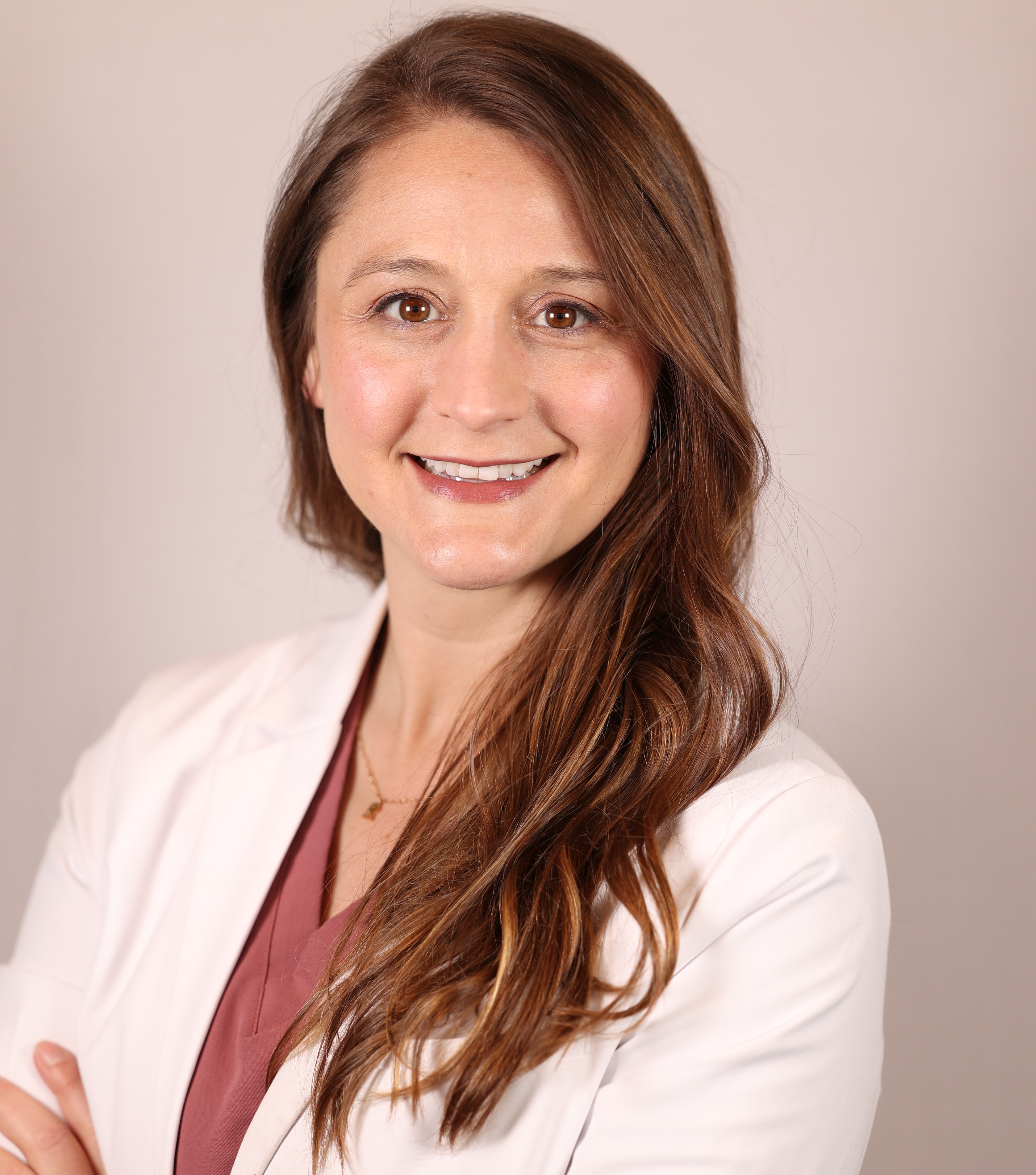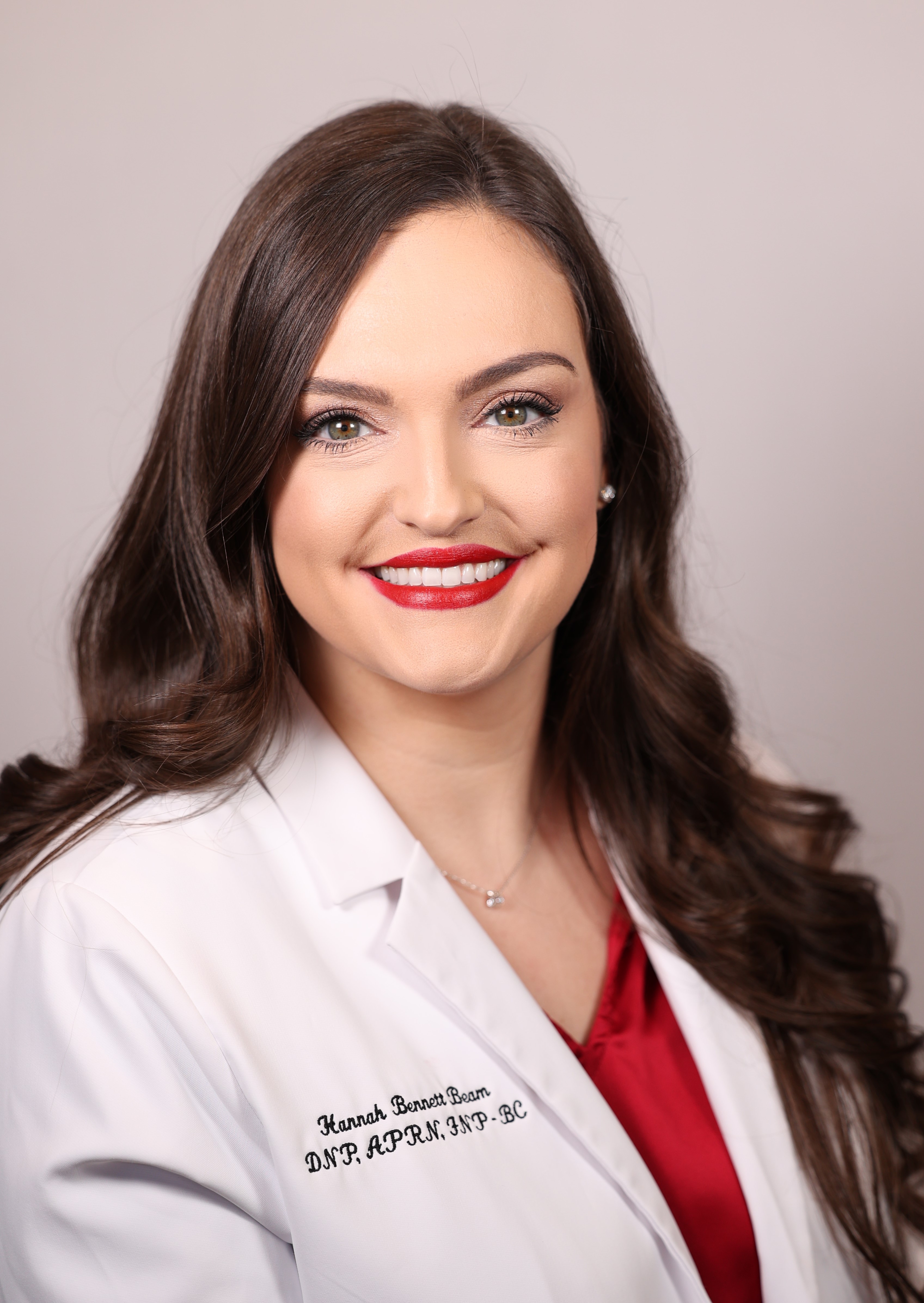The Vein Center
The Vein Center at Rutherford Regional
Treatment of Varicose Veins & Other Venous Insufficiency
For more information on how to start your journey for vein care please contact the Vein Center at Rutherford Regional coordinator at 828.286.5599.
Take a Peripheral Artery Disease Assessment
If you have questions about peripheral artery disease, start with a health assessment and learn more about any risks you may have for this condition.

Do you have bulging varicose veins? Do you sit or stand for long periods of time? Have you had multiple pregnancies?
Do you have any family members who had varicose veins or been treated for vein disorders?
Do you experience any of the following?
- Leg pain or swelling
- Burning or itching skin
- Heavy, tired or restless legs
- Skin discolorations
- Open ulcers on legs
- Restless leg syndrome
- Leg cramps
- Blood clots
- Neuropathy
Did You Know?
More than 40 million people have varicose veins in the U.S. alone - about 25% of women and 15% of men.
Venous Insufficiency
Over 40 million Americans suffer daily with painful, swollen legs as a result of venous disease. This condition is the result of faulty valves in the veins and is called Venous Insufficiency. In a healthy vein, there are one-way valves that allow the blood to move toward the heart, but not away. In a diseased vein, these valves do not work properly, allowing the blood to fall downward in between heartbeats. This back and forth motion of blood leads to an increased venous blood pressure resulting in inflammation of the tissues around the vein. This inflammation can cause leg pain, swelling, bulging varicose veins, heaviness, restlessness, cramps, skin discoloration, numbness, tingling, ulcers, Deep Venous Thrombosis (DVT), and blood clots. Left untreated, this condition only worsens over time.

Risk Factors
Heredity is the number one risk factor for venous disease. If your parents had varicose veins, you have an 89% chance of developing them. Next to heredity is gender. Women, especially those that have had multiple pregnancies, are three times more likely than men to develop venous disorders. Additionally, professions that require long periods of sitting or standing, increase one’s risk for venous disease. Age is also a risk factor. While older people are at a higher risk for venous disease, it can start as early as childhood.
Treatment

1. Ultrasound guidance to access varicose vein.
2. Ultrasound guidance positioning of ablation probe in varicose vein.
3. Ablation performed using local anesthesia.
4. Completed ablation of varicose vein.
The treatment for this disorder is called endovenous thermal ablation. This is a minimally invasive procedure where a catheter is inserted into the diseased vein by way of a small (2-3 mm) incision. Heat is applied to the vein walls causing them to close. Your body then naturally re-routes the blood through other healthy veins. The procedure is done under local anesthetic and is covered by most insurance carriers, including Medicare. Patients walk out of the vein center and return to their normal activities the same day.
Varithena Foam Ablation
Why Varithena is The Right Option for You:
Varithena is a procedure that uses an FDA-approved micro foam to treat varicose veins and venous reflux disease. Varithena is administered under ultrasound guidance to ensure accuracy. It has been approved by the FDA for the treatment of varicose veins, as well as associated symptoms. Some of the symptoms that improve after treatment with Varithena include swelling, aching, throbbing, itching and heaviness.
Varithena works by replacing the blood in the diseased vein with micro foam, which causes the vein to collapse. Once the vein has collapsed, the blood is forced to flow into your healthier veins. This treatment option offers several benefits that make it a good choice for the most varicose vein patients, including:
- No Incision
- Tolerable
- Quick Procedure
- Quick Recovery
- Effective
Spider Veins
Spider veins are a result of dilated venous capillaries that fill with blood and become visible. These are not considered harmful and are often treated for cosmetic reasons. Sclerotherapy involves injecting a solution into the spider vein, which causes the vein wall to seal shut, therefore stopping the blood flow. The vein will turn to scar tissue and fade away over a period of weeks.
Sclerotherapy Treatment
Sclerotherapy is a popular method of eliminating varicose veins and superficial telangiectasias ("spider veins"). A solution, called a sclerosing agent, is injected into the veins to break down the vein wall.
How many treatments will I need?
The number of treatments needed to clear or improve varicose veins differs for each person. The number of treatments can range from one to six, with the average number being three or four. Individual veins usually require one to three treatments.
Frequently Asked Questions
Q: Is the Closure procedure painful?
A: Patients report feeling little if any pain during and after the procedure.
Q: How quickly can I resume normal activity?
A: Patients are walking immediately following the procedure, and the patient typically resumes normal activities within one day.
Q: How soon will my symptoms improve?
A: Many patients notice an immediate relief of symptoms such as pain, leg heaviness, and fatigue.
Q: Are these procedures covered by insurance?
A: Most major insurance companies including Medicare cover all treatment options with the exception of Sclerotherapy, which is used for the treatment of spider veins. Your physician can discuss your coverage further at the time of the consultation.





